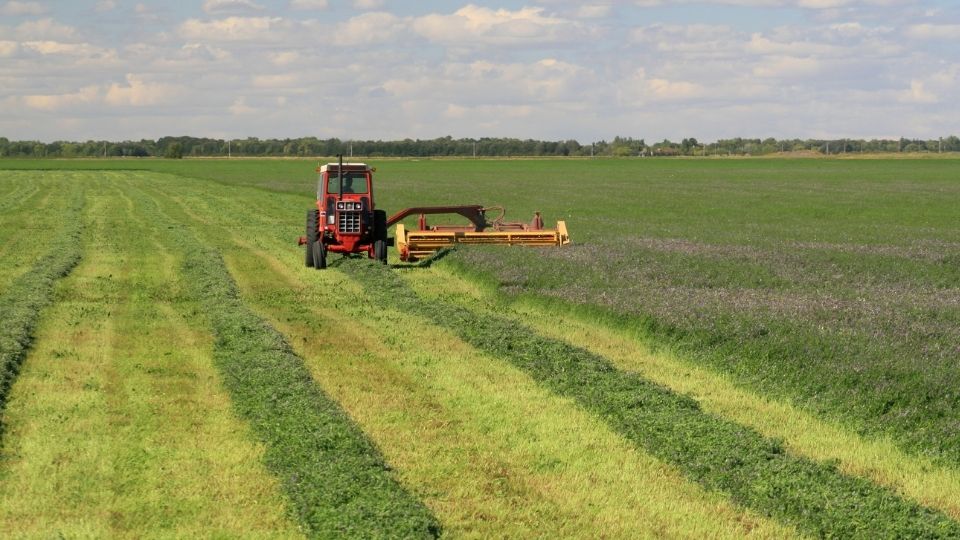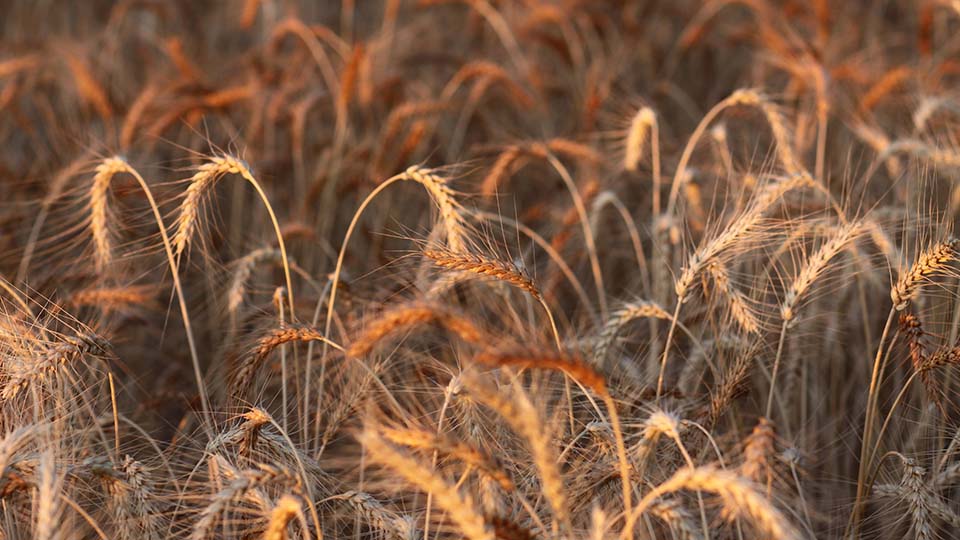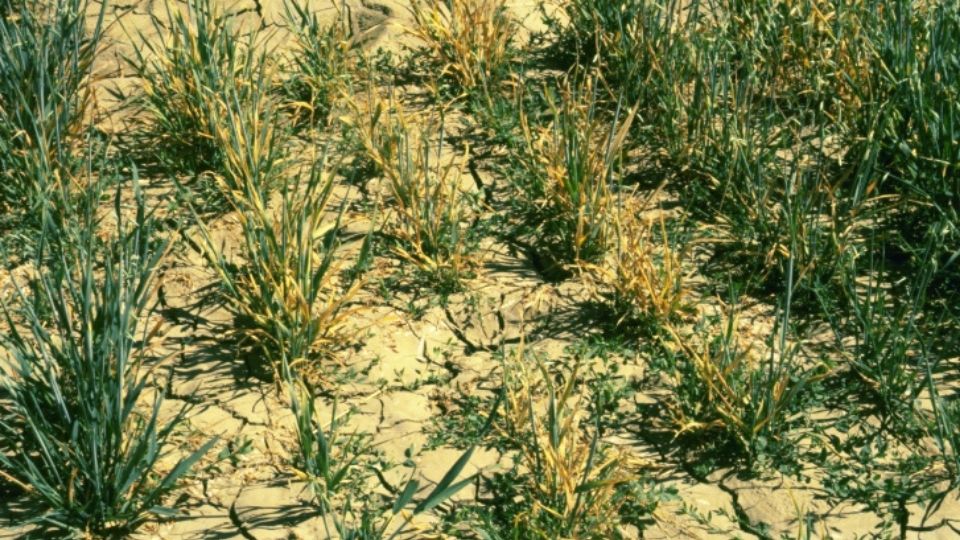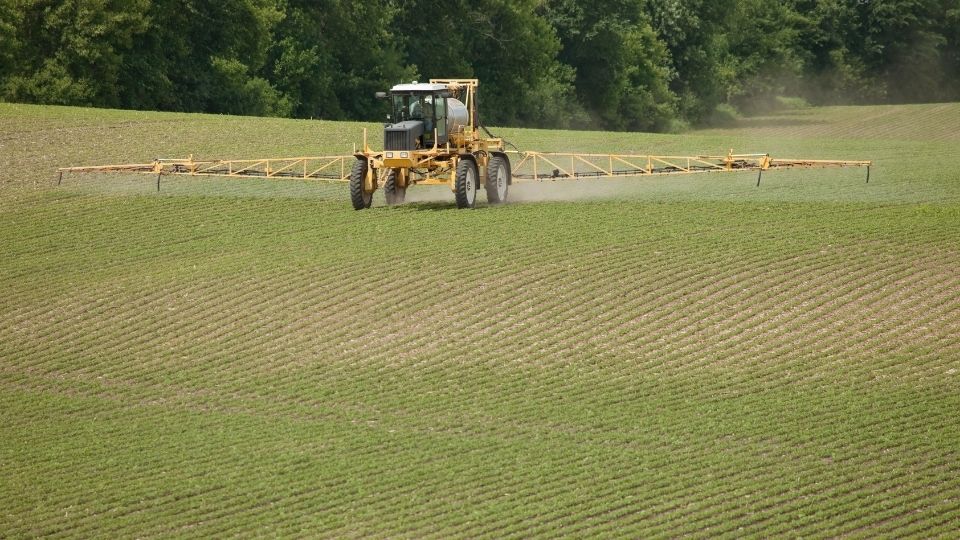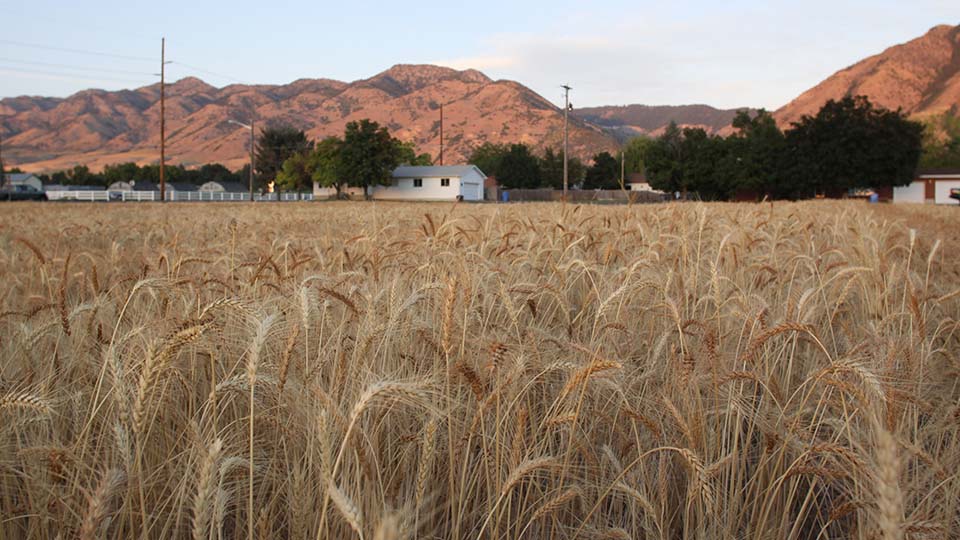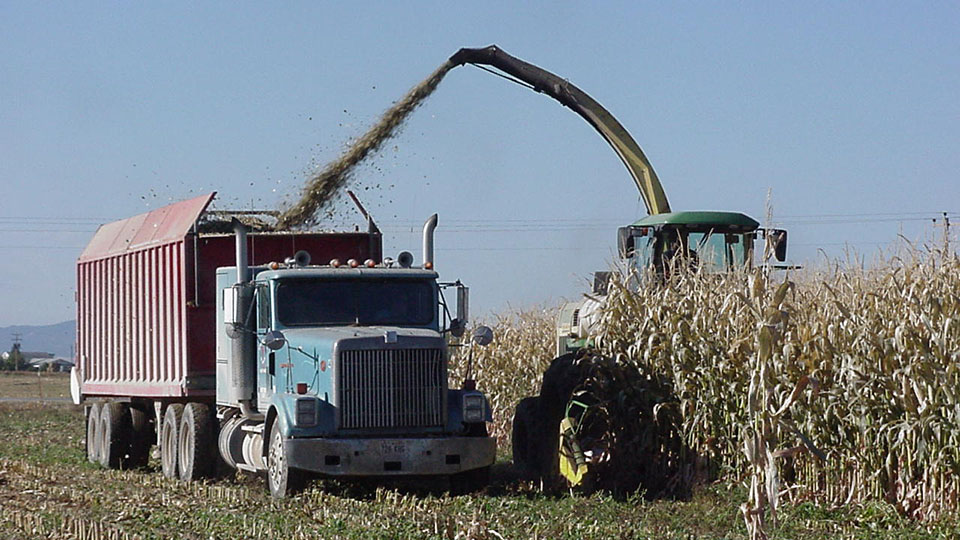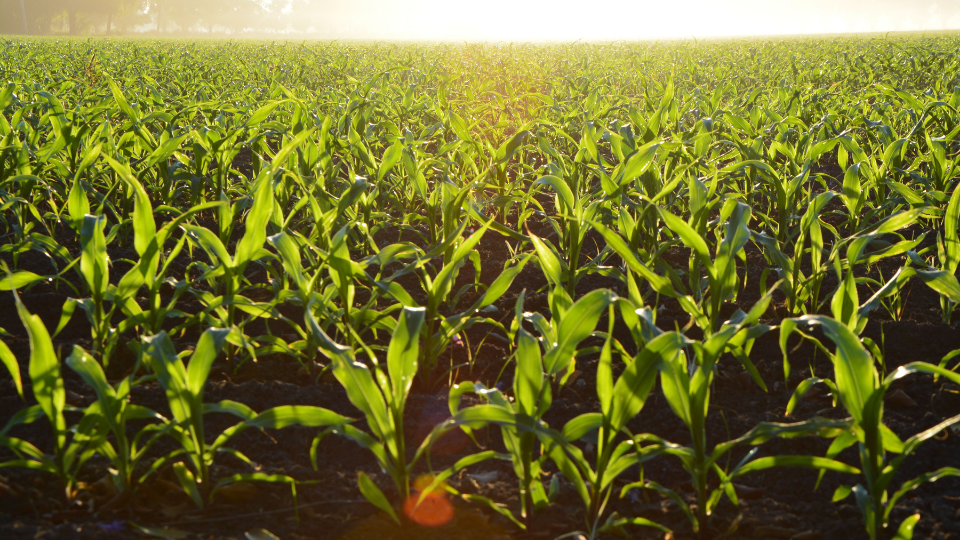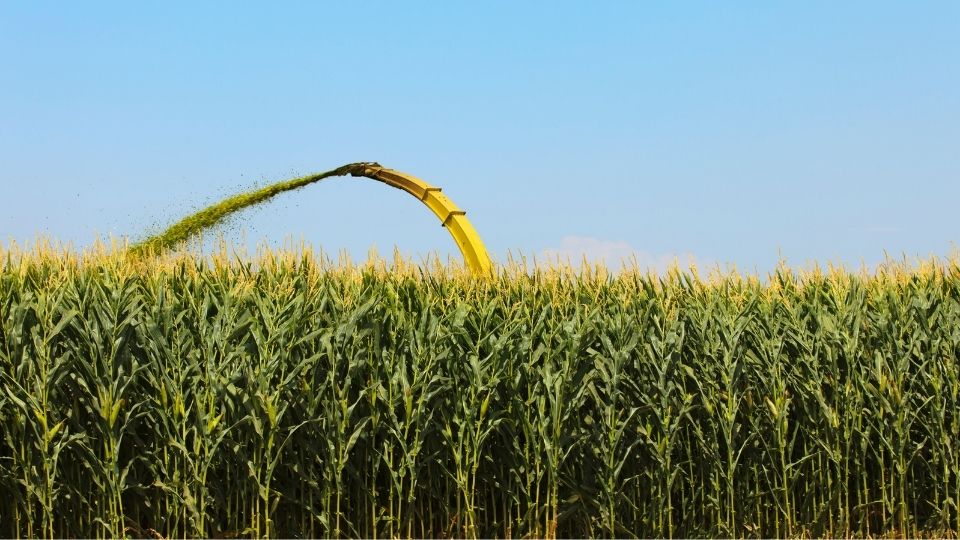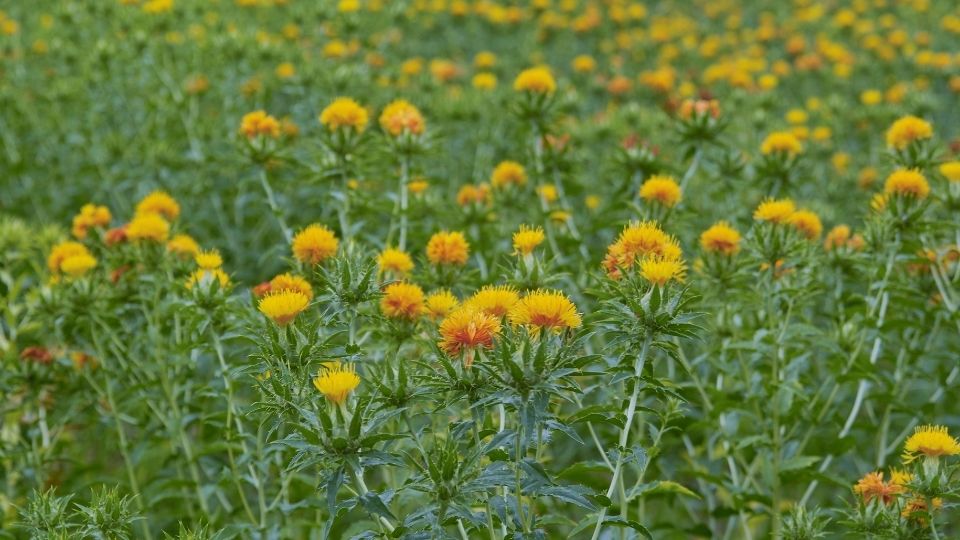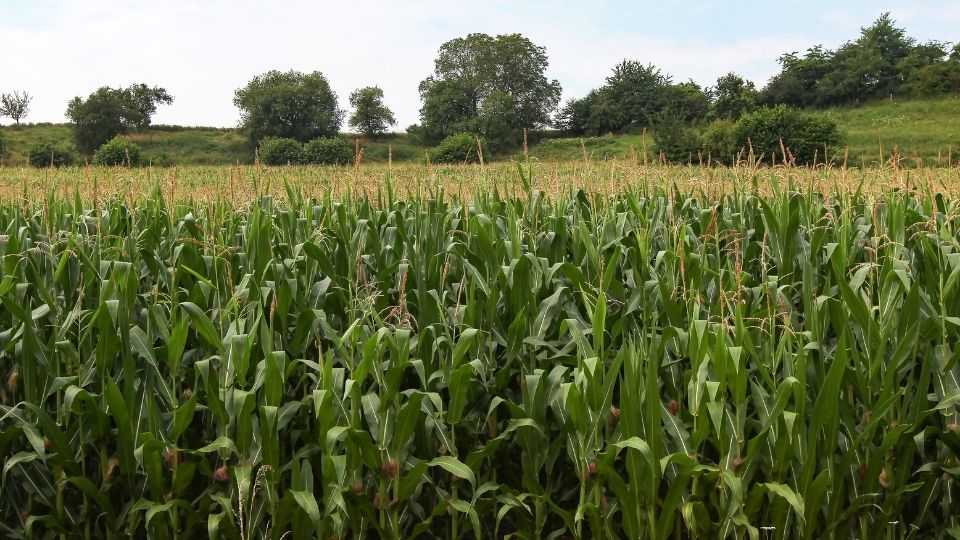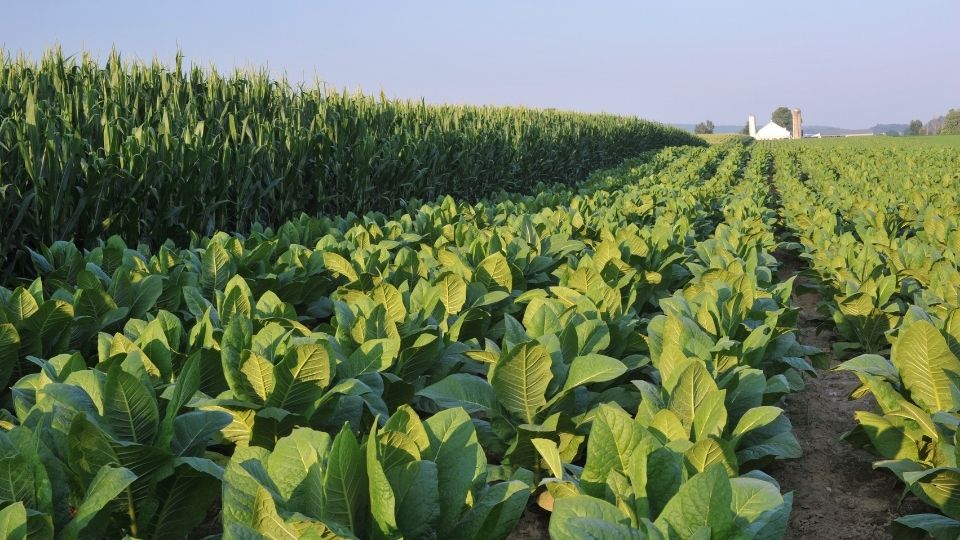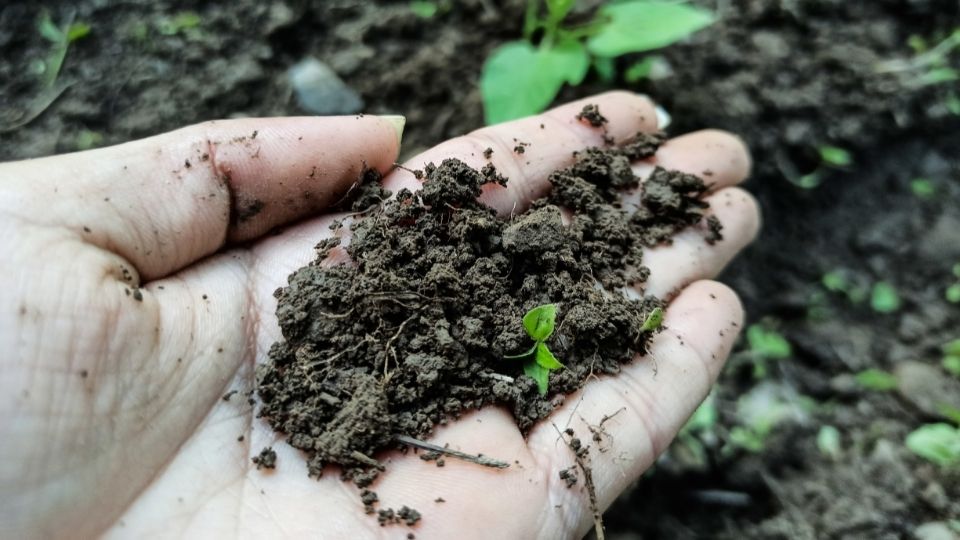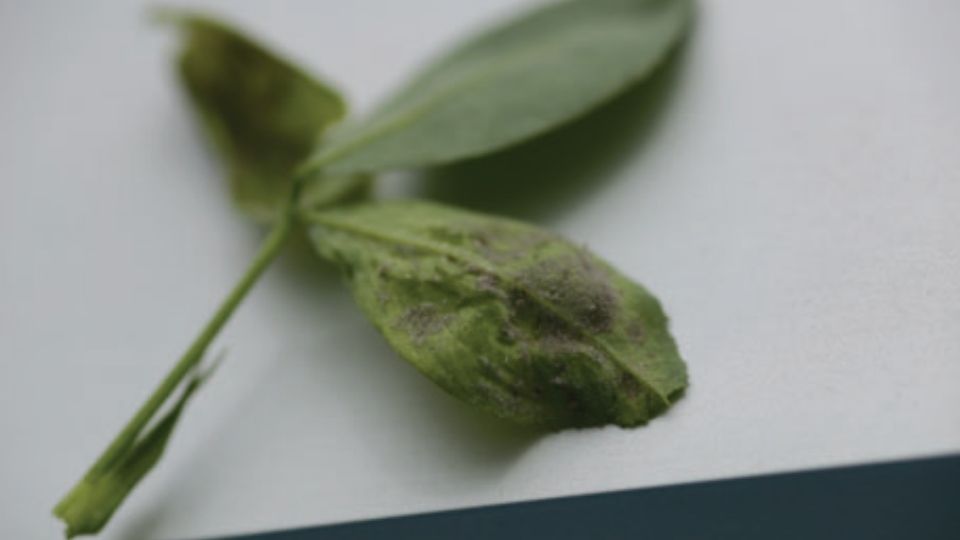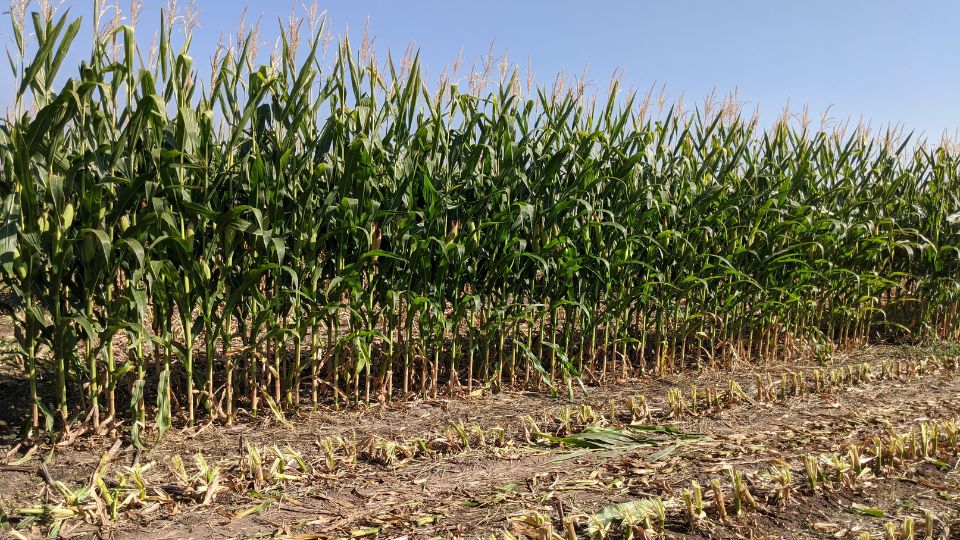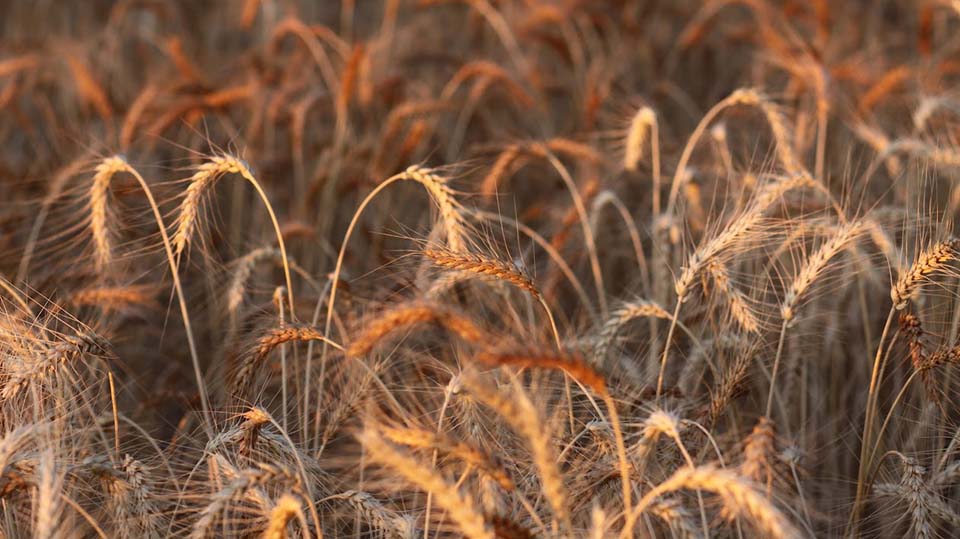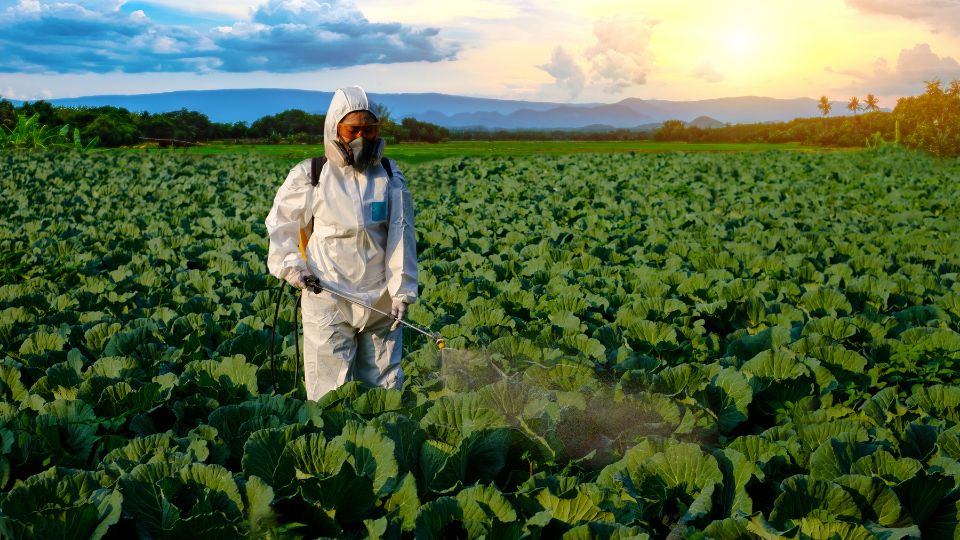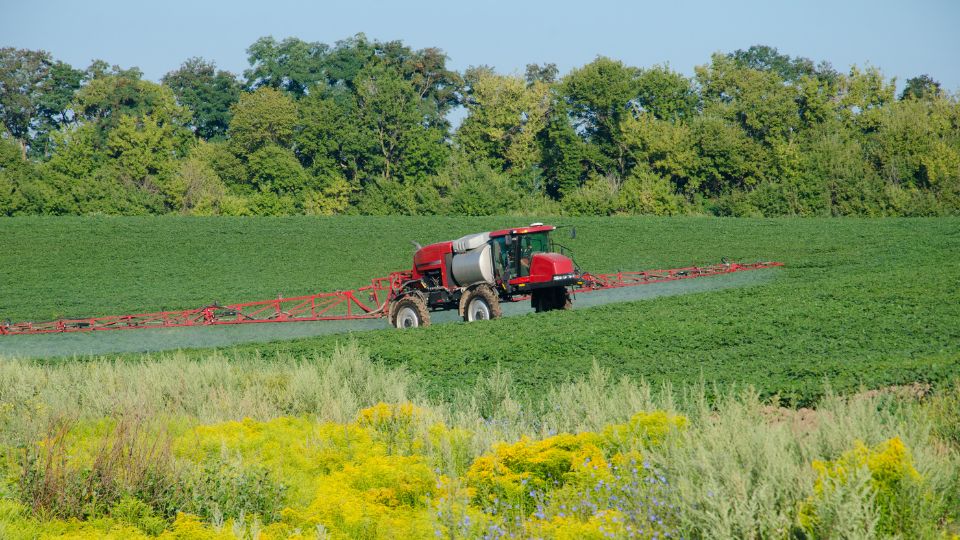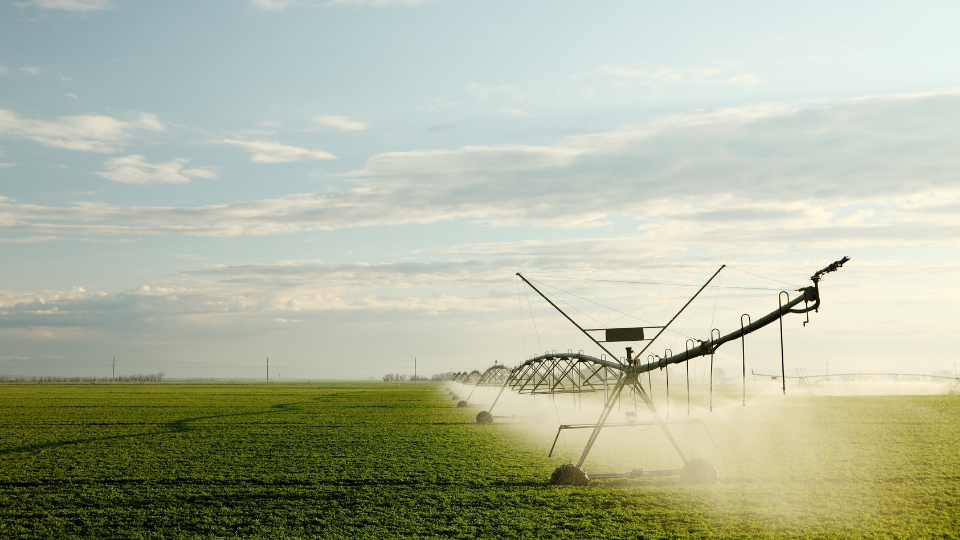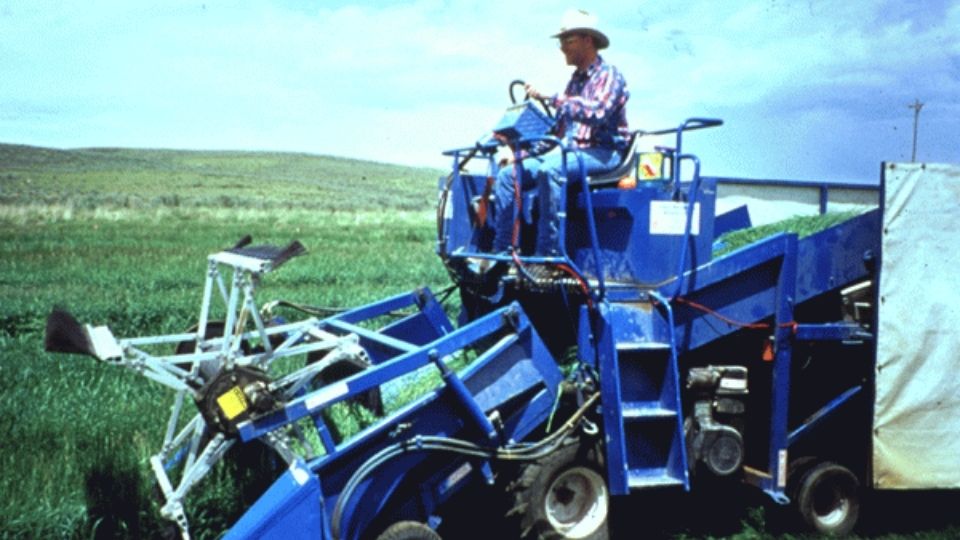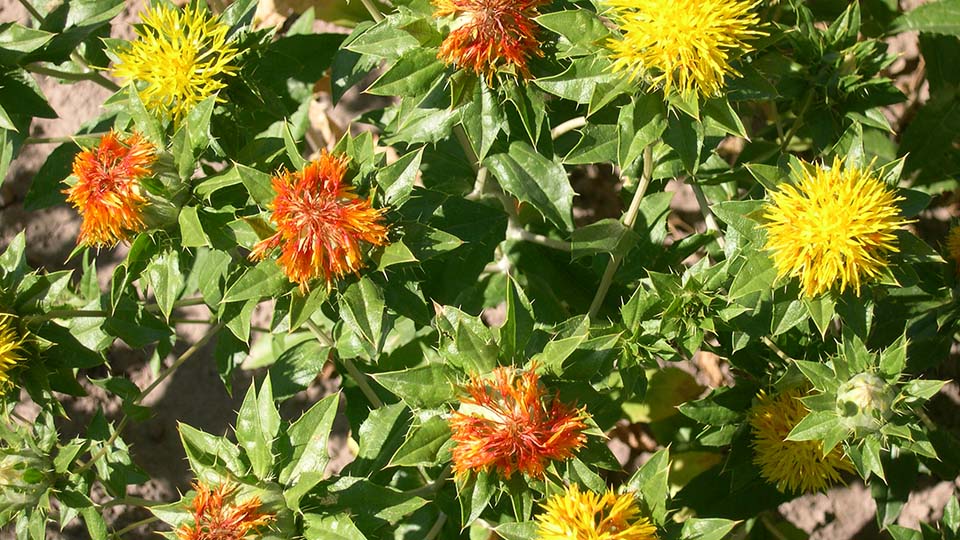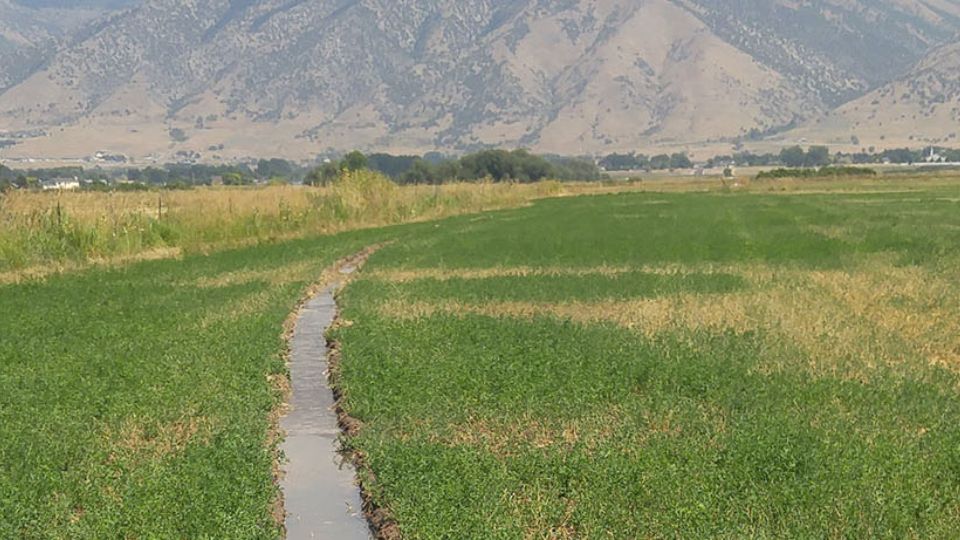Buying and Selling Corn Silage or Other High Moisture Feeds: Value the Feed not the Water

Questions often arise among growers who have corn silage or alfalfa silage (haylage) to sell and dairy producers and feedlot operators who are looking to buy those feeds as to how to establish a fair price. Because of the high moisture content of these feeds (50-75% water) and other similar feeds (barley silage, oat silage, sorghum silage and wheat silage) the transportation costs are rather substantial relative to the value of the feed. Therefore, these feeds are usually marketed on a local basis and there may be no market price reported for these high moisture feeds.
Grains, on the other hand, normally have a relatively low moisture content (10-15.5%), and are transported all over the world. As such, market reports for grains are readily available on a national and local basis. Baled alfalfa hay has similar dry matter content to most grains but is a bulkier product, thus adding to transportation costs. Hay is still transported long distances, including internationally. While the market reports on hay may not be available as readily as on grain, it is still generally possible to find a hay market report for a local area if hay is being traded.
Because of the lack of weekly market reports for silages and because of the general availability of market reports for grain and hay, buyers and sellers of silages have often relied on formulas to price silage based on hay or grain prices. Frequently, these formulas are reduced down to some simple “rules of thumb” that may work quite well in establishing the value of silages. For example, the value of delivered corn silage per ton on an as-fed basis is often said to be 1/3 the value of baled alfalfa hay per ton. That is based on good quality corn silage having a similar RFV to good quality alfalfa but being only about 1/3 dry matter, see Table 1 below.
Similarly, delivered corn silage value per ton as fed is said to be about 8 to 10 times the price of corn grain in dollars per bushel. When corn price is below $3/bu use 10 times, for corn price of $4-5/bu use 9 times and for corn price of $6-8/bu use 8 times the value of the grain. Typically, a ton of corn silage contains between 7 and 7.5 bushels of grain. (1) For buyers of silage they are also gaining roughage in the chopped leaves and stocks in addition to the grain. For sellers of silage, they are losing the value of incorporating the stock and leaves back into the soil. That is where the added value of 8- to 10 times the value of a bushel of corn is derived.
For example, if alfalfa hay was valued at $165 per ton and/or corn was valued at $6.50 per bushel
Value of Corn Silage/ton = 1/3 * Price of Alfalfa hay/ton
Value of Corn Silage/ton = 0.33* $165/ton = $55/ton
Or
Value of Corn Silage/ton = 8 * Price of Corn/bu
Value of Corn Silage/ton = 8 * $6.25/bu = $50/ton
Before agreeing that the value of all corn silage in that area should be between $50 and $55 per ton, buyers and sellers must first examine some of the assumptions that are behind those “rules of thumb.” If any of the assumptions do not hold true for an individual transaction, then the value of the product may be considerably different than $50 to $55 per ton.
Feed Quality Considerations
Let’s start with an assumption that will most likely hold all of the time and move to assumptions that may seldom hold. In comparing the value of corn silage to the price of corn and the price of alfalfa hay, assumptions are made about the feed value of the corn silage, corn grain and alfalfa hay. It is likely assumed that corn grain is No. 2 yellow corn with 12% moisture, weighing 56 pounds per bushel. Generally, any listed corn price that is not for this grade of corn will explicitly list what specification is not met. For example: high moisture corn is for greater than 15% moisture or low test weight corn for lighter corn. No. 2 yellow corn is assumed to have a Total Digestible Nutrient (TDN) value of 88% and a Crude Protein (CP) value of 9.8%.
Alfalfa hay is much more variable than is No. 2 yellow corn. For example, alfalfa hay may be harvested in an early vegetative to a mature state and have Relative Feed Values (RFV) ranging from 100 to over 200. TDN value may range from 55-66% and CP values will vary from 13-27%. Therefore, if corn silage value is to be 1/3 the price of alfalfa hay, what quality of alfalfa hay should be used to establish the price? A comparison of the relative feed value of alfalfa hay harvested at different stages of maturity and corn silage with varying amounts of grain is presented in Table 1. From Table 1, it is apparent that corn silage generally has a higher energy value as measured by TDN and a lower protein value than alfalfa. Relative Feed Value was determined using the Minnesota-Wisconsin formula using Acid Detergent Fiber (ADF) and Neutral Detergent Fiber (NDF) for alfalfa and corn silage. RFV is not a measure of nutrients but is used more for marketing purposes for hay. Therefore, the calculated RFV for corn silage should be viewed with some caution. Balancing considerations for energy, protein, and forage digestibility, better quality corn silage should probably be compared to Premium/Good alfalfa and poorer quality corn silage to Fair alfalfa hay. Corn silage quality as measured by the percentage grain in the silage is primarily influenced by the stage of maturity when the corn is chopped. As is evident from Table 1, the nutrient content and RFV of corn silage can be quite variable. If buyers and sellers of corn silage want to know the true value of corn silage, then they probably should sample the silage and have an analysis done to determine the nutrient values. Perhaps even more important when determining the value of silage is to know the percentage dry matter. The “rules of thumb” previously discussed likely assume that corn silage is near 33% dry matter. However, dry matter may vary from 25-40% on corn silage. This has a substantial impact on the real value of the corn silage.
Dry Matter Pricing
Let’s consider an example of how the percentage dry matter in silage impacts the value of the feed. We will assume that the buyer and seller of the corn silage agree that it should be valued at 1/3 the price of good quality alfalfa. They check the price of baled alfalfa hay and agree that it is worth $165 per ton. Therefore, using the rule that silage is 1/3 the price of alfalfa they agree on a price for silage of $55 per ton. In many instances, this is the extent of the agreement. Now let’s consider how much the buyer paid on a dry matter basis if the silage was only 25% dry matter as compared to silage that was 35% dry matter. The cost per ton of corn silage on a dry matter basis varied from $220 per ton to $157 per ton ($55/0.25=$220 and $55/0.35=$157). By comparison, the alfalfa that was $165 per ton was 89% dry matter; therefore the dry matter price for alfalfa was $185 per ton ($165/0.89). The wetter 25% dry matter silage was clearly overpriced. In reality, the buyer purchased water rather than energy and protein. To avoid the problem of paying too much or too little for high moisture feeds, these feeds should always be valued on a dry matter basis. Then the price should be converted to the as fed or as harvested price.
Continuing with the example above, let’s assume that the buyer and seller agreed on the $55 per ton for corn silage value, but they stipulated that this was for 33% dry matter silage. So, let’s determine the agreed upon value on a dry matter basis:
Table 1. Forage Quality Values for Alfalfa at Different Stages of Maturity in Corn Silage with Varying Amounts Of Grain.
| Forage | TDN | CP | ADF | NDF | RFV | |||||||
|---|---|---|---|---|---|---|---|---|---|---|---|---|
| Alfalfa, Early Vegetative: Premium | 66 | 22 | 28 | 35 | 180 | |||||||
| Alfalfa, Early Bloom: Good | 62 | 19 | 31 | 38 | 160 | |||||||
| Alfalfa, Mid-Bloom: Fair | 59 | 17 | 33 | 42 | 140 | |||||||
| Alfalfa, Full Bloom: Utility | 55 | 16 | 41 | 53 | 100 | |||||||
| Corn Silage: 45% Grain | 71 | 10 | 25 | 42 | 152 | |||||||
| Corn Silage: 35% Grain | 69 | 9 | 29 | 46 | 134 | |||||||
| Corn Silage: 25% Grain | 64 | 8 | 34 | 53 | 110 | |||||||
(2) National Research Council, 1996. Nutrient Requirements of Beef Cattle, Seventh revised Edition.
Dry Matter Price = As Fed Price/Dry Matter %
Dry Matter Price = $55/0.33 = $166.67.
Now, as the wet feed, in this case corn silage, is harvested on different days and from different fields throughout the fall, samples should be taken to determine the percent dry matter. Then as percent dry matter varies, so should the as fed or as harvested price vary:
As Fed Price = Dry Matter Price * Dry Matter Percent
As Fed Price = $166.67 * 0 .25 = $41.67/ton for wetter silage;
As Fed Price = $166.67 * 0.33 = $55/ton for average silage; and
As Fed Price = $166.67 * 0.40 = $66.67/ton for dryer silage.
When pricing a wet feed like alfalfa silage or haylage, the principle is the same; first determine the dry matter price and then determine the as fed price. Using the same values from above, we can determine the proper value for alfalfa silage as follows:
Dry Matter Price = As Fed Price/Dry Matter %
Dry Matter Price = $165/0.89 = $185/ton for baled alfalfa on a dry matter basis.
Then
As Fed Price = Dry Matter Price * Dry Matter Percent
As Fed Price = $185 * 0.35 = $64.75/ton for alfalfa haylage that is 35% dry matter.
For simplicity sake, buyers and sellers could agree on a range of acceptability where one price will be used on an as fed basis. Then if the feed is below or above the agreed upon range a different price will be determined.
For example, buyers and sellers could agree on one as fed price for silage that is between 32 and 35 percent dry matter. For any silage that was drier or wetter, a new as fed price would be determined based on the equations shown in this fact sheet.
Determining Percent Moisture
Feed samples can easily be tested on the farm using the following steps, or samples can be sent to a certified feed lab. Dry matter can easily be determined by use of a microwave oven (not the one your wife uses) and a gram scale. This is a very fast, simple and repeatable technique.
- Multiple grab samples of wet feed should be taken from trucks or bunkers and mixed thoroughly to obtain an accurate and representative sample. Wet or high moisture feeds should be refrigerated if they are to be sent to a lab for analysis.
- Position a paper plate on the gram scale and zero the scale. Manually place 100 grams of the forage or feed on the paper plate.
- Spread the sample evenly on the plate and place into microwave. Place half a glass of water in the back of the microwave to prevent the sample from burning. Dry the sample for 3 to 4 minutes and then remove from microwave.
- Mix the sample and dry again for 2 to 3 minutes. Carefully watch the sample so it does not burn. Dry at shorter intervals if sample starts to char or burn.(Some people are using food dryers. They take longer, but burning is not a concern)
- Weigh the sample. Mix the sample again and dry for 1 minute. Repeat this step until the weight becomes constant.
- Record final weight and subtract the weight of the paper plate. The value remaining is the percent dry matter of the sample. 100 minus the percent dry matter equals the percent moisture.
Dry matters should be taken on wet feeds at least weekly so that the forage dry matter can be maintained in the rations. When large volumes of feed are used, dry matters should be run daily because feeds like alfalfa silage and alfalfa green chop could change considerably in a 24 hour period.
Tables 2 and 3 utilize the simple rules of thumb proposed above for pricing corn silage based on 1/3 the value of alfalfa hay or 8 to 10 times price of corn per bushel and then adjusting for the dry matter (DM) content of the silage. The table values are suggested values for a ton of silage on an as-fed basis. A cautionary note here: these values are not absolutes.
Individuals may negotiate different equitable values for silage based on hauling distance or other considerations. Also, silage with 30-35% dry matter is consider ideal for packing, ensiling and for feeding properties. Silage outside of these ranges may be valued less than what is shown in Tables 2 and 3.
Table 2. Suggested Values for Corn Silage Based on the Price of Alfalfa Hay and the Dry Matter Content of the Silage. ($/ton as-fed).
| Alfalfa Hay Price Per Ton | ||||||||||||||
|---|---|---|---|---|---|---|---|---|---|---|---|---|---|---|
| DM% | $100 | $115 | $130 | $145 | $160 | $175 | $190 | $205 | $220 | $235 | ||||
| 25 | 25.25 | 29.04 | 32.83 | 36.62 | 40.40 | 44.19 | 47.98 | 51.77 | 55.56 | 59.34 | ||||
| 27 | 27.27 | 31.36 | 35.45 | 39.55 | 43.64 | 47.73 | 51.82 | 55.91 | 60.00 | 64.09 | ||||
| 29 | 29.29 | 33.69 | 38.08 | 42.47 | 46.87 | 51.26 | 55.66 | 60.05 | 64.44 | 68.84 | ||||
| 31 | 31.31 | 36.01 | 40.71 | 45.40 | 50.10 | 54.80 | 59.49 | 64.19 | 68.89 | 73.59 | ||||
| 33 | 33.33 | 38.33 | 43.33 | 48.33 | 53.33 | 58.33 | 63.33 | 68.33 | 73.33 | 78.33 | ||||
| 35 | 35.35 | 40.66 | 45.96 | 51.26 | 56.57 | 61.87 | 67.17 | 72.47 | 77.78 | 83.08 | ||||
| 37 | 37.37 | 42.98 | 48.59 | 54.19 | 59.80 | 65.40 | 71.01 | 76.62 | 82.22 | 87.83 | ||||
| 39 | 39.39 | 45.30 | 51.21 | 57.12 | 63.03 | 68.94 | 74.85 | 80.76 | 86.67 | 92.58 | ||||
Table 3. Suggested Values for Corn Silage Based on the Price of Corn Grain and the Dry Matter Content of the Silage. ($/ton as-fed).
| Corn Price Per Bushel | ||||||||||
|---|---|---|---|---|---|---|---|---|---|---|
|
DM% |
$4.00 |
$4.50 |
$5.00 |
$5.50 |
$6.00 |
$6.50 |
$7.00 |
$7.50 |
$8.00 |
$8.50 |
|
25 |
27.27 |
30.68 |
34.09 |
37.50 |
38.64 |
39.39 |
42.42 |
45.45 |
48.48 |
51.52 |
|
27 |
29.45 |
33.14 |
36.82 |
40.50 |
41.73 |
42.55 |
45.82 |
49.09 |
52.36 |
55.64 |
|
29 |
31.64 |
35.59 |
39.55 |
43.50 |
44.82 |
45.70 |
49.21 |
52.73 |
56.24 |
59.76 |
|
31 |
33.82 |
38.05 |
42.27 |
46.50 |
47.91 |
48.85 |
52.61 |
56.36 |
60.12 |
63.88 |
|
33 |
36.00 |
40.50 |
45.00 |
49.50 |
51.00 |
52.00 |
56.00 |
60.00 |
64.00 |
68.00 |
|
35 |
38.18 |
42.95 |
47.73 |
52.50 |
54.09 |
55.15 |
59.39 |
63.64 |
67.88 |
72.12 |
|
37 |
40.36 |
45.41 |
50.45 |
55.50 |
57.18 |
58.30 |
62.79 |
67.27 |
71.76 |
76.24 |
|
39 |
42.55 |
47.86 |
53.18 |
58.50 |
60.27 |
61.45 |
66.18 |
70.91 |
75.64 |
80.36 |
|
41 |
44.73 |
50.32 |
55.91 |
61.50 |
63.36 |
64.61 |
69.58 |
74.55 |
79.52 |
84.48 |
Silage at 33% dry matter is considered the ideal moisture level.
References
- Pricing Standing Corn for Silage Harvest – 2011 Shoemaker, D. Weiss, B. St. Pierre N., The Ohio State University Extension http://dairy.osu.edu/bdnews/Volume%2013%20issue%2 04%20file/2011%20Pricing%20Corn%20Silage%20RE ALLY%20final%20.pdf
- Nutrient Requirements of Beef Cattle, Seventh revised Edition. National Research Council, 1996. National Academy Press.
- Calculating Corn Silage Value. Snyder, C., Ag Weekly http://www.agweekly.com/articles/2011/03/08/co mmodities/dairy/dairy79.txt
Published: July 2012
Authors
Dillon Feuz, Clark Israelsen, Allen Young, and Lyle Holmgren
Related Research



